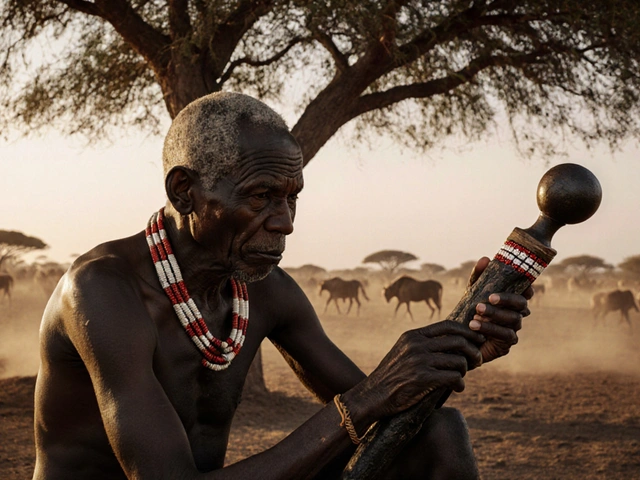Massage Culture: Traditional Healing Practices & Modern Bodywork
Your next great massage might come from a ritual older than your country. Massage culture covers more than techniques: it’s about history, touch, rules, and the little habits that shape how people heal. If you want to try something new or understand why a therapy feels different, knowing the culture behind it helps you get better results.
How traditions actually differ
Hilot and Lomi Lomi come from islands where touch has a spiritual side—expect flowing strokes, whole-body moves, and sometimes chants or prayers. Amma and Amma-like modalities focus on pressure points and quick sessions to ease tension fast. Stone therapy uses temperature to loosen muscles, while Feldenkrais and Hellerwork focus on gentle movement and alignment more than force. Therapies like Ortho-Bionomy and Rolfing aim at posture and long-term structural change. Each style brings a different pace, expectation, and outcome.
That means you shouldn’t judge a session by pressure alone. A gentle Feldenkrais lesson can change how you move for months. A strong Amma session might knock out chronic back tightness in one visit. Knowing the goal—relaxation, pain relief, alignment, or ritual—helps you pick the right session and set realistic expectations.
How to try traditional therapies smartly
Ask two simple questions before you book: What’s the goal of this session? And what should I expect physically and culturally? If the answer mentions ritual or local customs, ask what you should do—how to dress, whether to remove jewelry, or if specific breathing or posture is recommended. Respecting those small rules usually improves the experience.
Safety first: tell the therapist about injuries, surgeries, pregnancy, or skin allergies. If you take blood thinners or have fragile bones, avoid deep pressure. For palliative or end-of-life care, choose therapists trained in gentle, supportive touch. If a practice uses oils, scrub, or herbal packs, test a tiny area first for allergies.
Want practical results? Try short experiment sessions. Book a gentle alignment therapy and a stronger, shorter technique a few weeks apart. Track sleep, pain levels, and mobility after each visit. You’ll quickly learn which culture and therapist match your body.
Finally, remember this: culture shapes the whole experience—from how you book to how you leave. Be curious, ask respectful questions, and try with an open mind. The right tradition at the right time can change how your body feels and how you move through life.

The Magic of Kahuna: A Closer Look
Kahuna holds a special place in Hawaiian culture, offering a blend of spirituality and practical wisdom. This article explores the cultural significance of kahuna, the role they play in communities, and their unique healing techniques. We delve into the myths and realities of kahuna practices, providing insights that are both educational and thought-provoking. Learn how these ancient traditions continue to influence modern life and discover some tips to integrate kahuna principles into your own routine.
Categories
- Health and Wellness (148)
- Alternative Therapies (86)
- Massage Therapy (40)
- Travel and Culture (15)
- Beauty and Skincare (9)
- Holistic Health (8)
- Health and Fitness (5)
- Spirituality (5)
- Other (2)
- Personal Development (2)
Popular Articles

Hakali: A Journey Beyond the Ordinary
Aug, 5 2023


